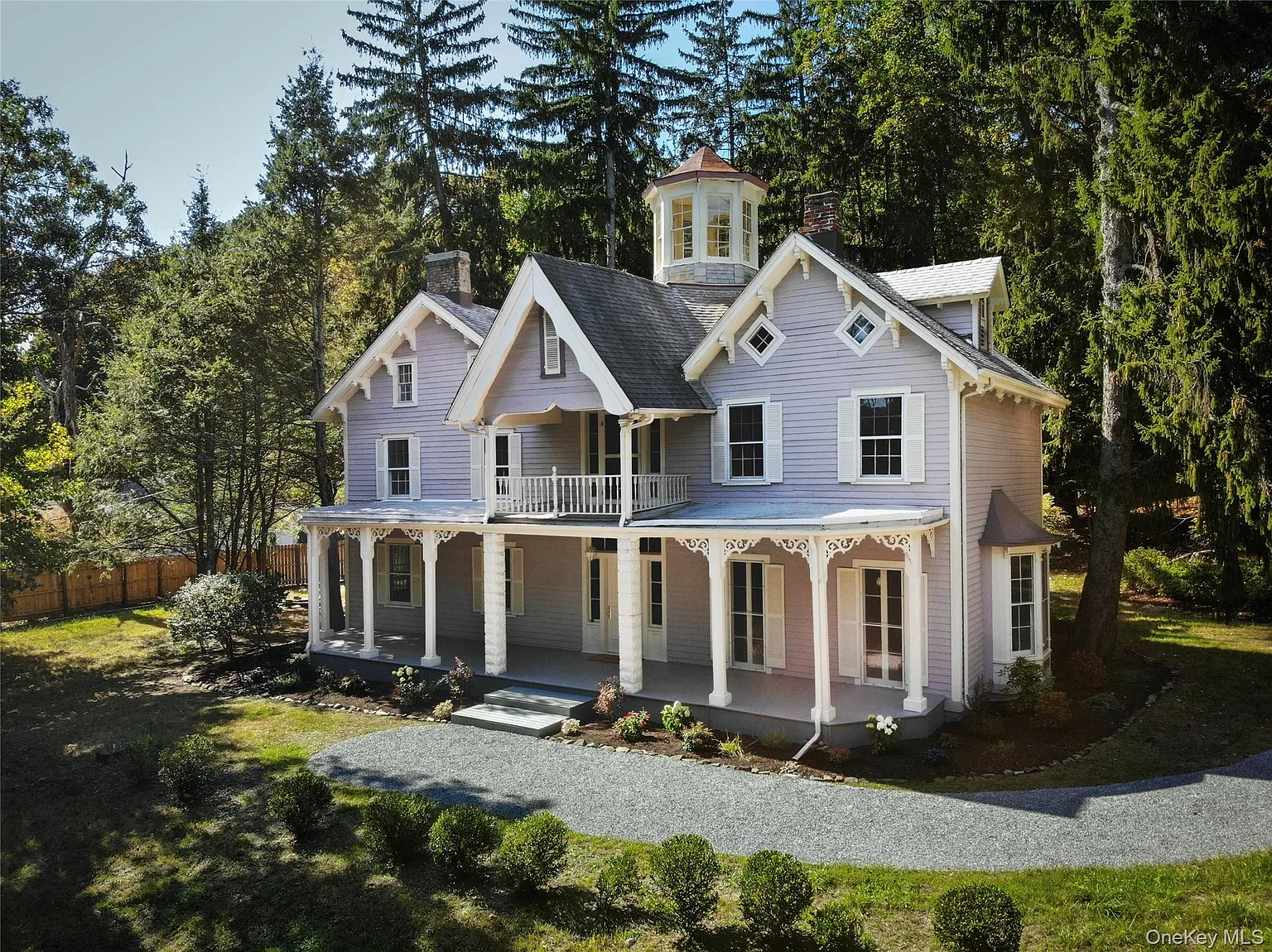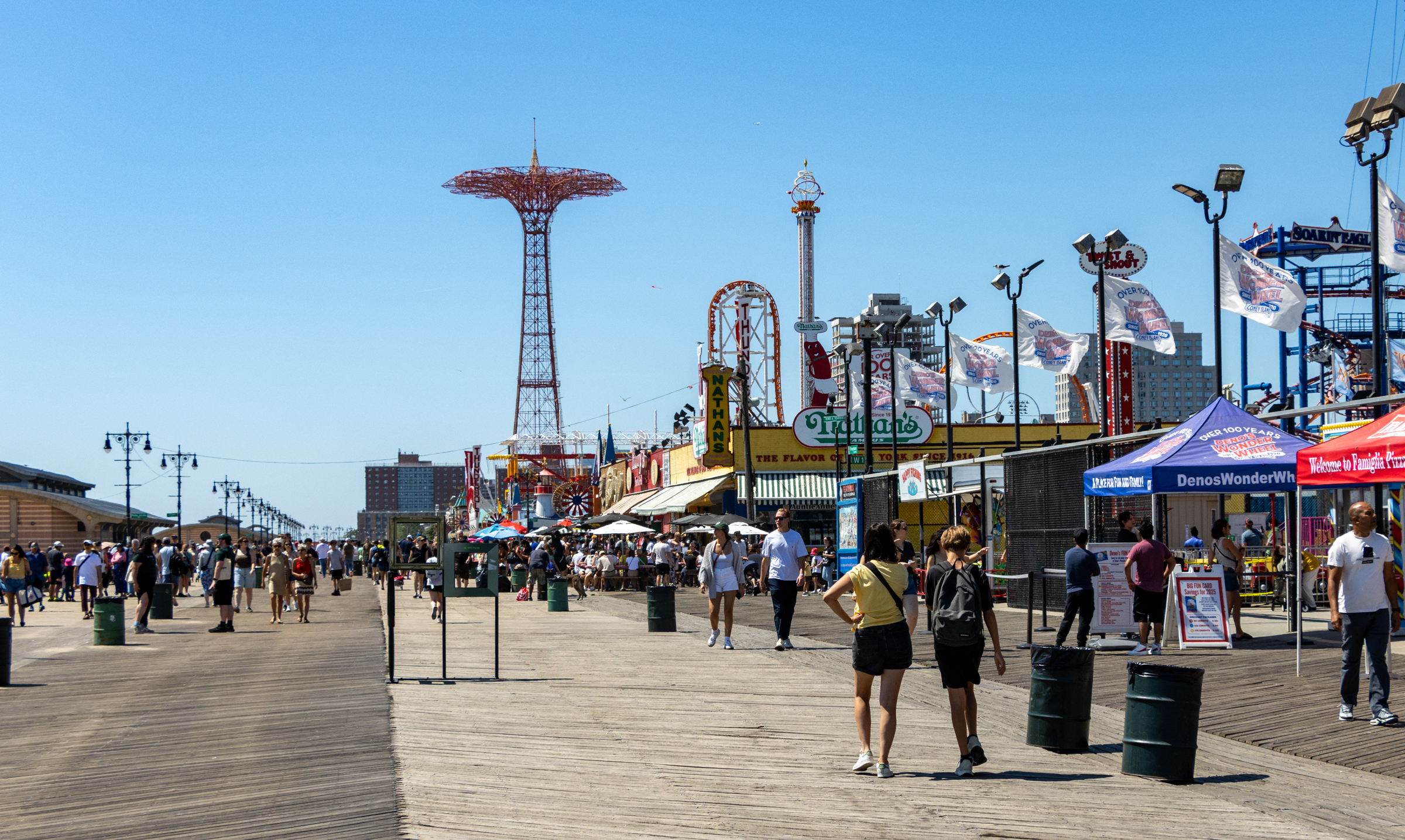Diversions: Bath, New York For $90 a Foot
To provide you with one of those “What the Hell am I doing in New York” moments, we thought we’d show you what $490,000 buys you in the middle of nowhere (okay, upstate actually). In Bath, NY, you get 5,600 square feet of Greek Revival goodness set on 21 acres dotted with 150-year-old spruce and…


To provide you with one of those “What the Hell am I doing in New York” moments, we thought we’d show you what $490,000 buys you in the middle of nowhere (okay, upstate actually). In Bath, NY, you get 5,600 square feet of Greek Revival goodness set on 21 acres dotted with 150-year-old spruce and maple trees. Most of us would be hard-pressed to earn a living up there but maybe some of you creative freelancers could take the plunge.
Bath Estate [Historic Properties] GMAP





As a current Brooklyn resident originally from Bath, let me note this: the town’s former middle school recently sold for $200,000, cash on the barrelhead. Oh, and property taxes are something like $10 per.
I lived in Geneva, NY. (Finger Lakes) Beautiful city, cheap houses, blah, blah. Big deal. Different type of people.
This thread started with a photo of a mansion on 21 acres in Bath, NY, selling for less then 1 BR in park slope. Are you people all nuts? You don’t wanna know what you could get for a million bucks. Fugeddaboudit.
Bath is a very nice town. I just bought a 3 BR cottage on a lake about 10 minutes from Bath. I couldn’t buy space in a PS garage for what I paid. I’m not moving there yet, but I have a primo vacation home. Meanwhile, I rent in CH.
Oh yeah…they have good schools, great supermarkets, and the finger lakes region is known for it’s wineries. No traffic, or transit strikes…and you never hear a siren, car alarm or gun shot.
I’m sorry, but … Albany? I just can’t see living there.
If you were to pick where you live based soley on the real estate you could get for the money and nothing else no one one would choose Brooklyn. Most people I would think are in Brooklyn for other reasons. They may choose to live in a brownstone or whatever but they didn’t look at the whole United States and say I’m moving there for a brownstone.
Pardon my effusivenes, but this was a fabulous thread.
Richard Florida wrote “The Rise of Creative Class,” which is a deeply flawed analysis of the labor market trend to toward creative work. He has a creative class index that ranks cities based on the number of creative workers. While there are a lot of problems with the book, the index is based on the percentage of the labor market that is made up of various types of educated workers from the census. “Brownstone Brooklyn” would certainly rank high. Albany ranked high which was a surprise to many. Although, other state capitals with universities like Austin and Madison were also high on the list.
Suffice it to say, two years ago I would never have imagined living in Albany, but 50% rises in real estate prices demand some perspective.
I actually work in an office where relocating to Albany is an option for many of my co-workers, and several of them have made the move recently. Some have sold appreciated property and some were priced out of NYC, and bought their first homes in Albany. All of them are happy with their choice although the adjustment has not been without its challenges. Unfortunately, they have all chosen to move into the suburbs and have bought relatively insipid homes compared to the ones in the city center.
We all over-remember the winters of our youth. I’m not trying to turn this thread into Albany boosterism, but the winters just aren’t that different than NYC.
Back to the topic at hand, this is what Brendan Gill has to say on the blurb for a book on Albany’s architecture:
“Cities manifest pride in their accomplishments by means of their architecture, and Albany is no exception. By the early 19th century, as the capital of the most populous and most prosperous state in the Union, it quite rightly undertook to put on airs appropriate to its station. Led by the exceptionally gifted architect Philip Hooker and his colleagues, Albany assumed a grandeur rarely looked for in a small upstate city — indeed, it may be said to have put to shame cities many times its size.”
My husband lived in Albany for several years( including the first 2 we were married)so I spent a good amount of time up there. Center Square, where he was less than 2 blocks from the Capital, had a nice, funky vibe. I loved when they closed down Lark St and had bands playing outside the different bars. I referred to it as “Brooklyn” without trains. We were even just a few blocks from an Olmstead designed park.
I really liked living(p/t) in Albany, however the property taxes seemed really high. Also winter from October til mid-April was a deal breaker for me. I remember one year they had a major, road-closing snowstorm on Oct 4th. I came home to Brooklyn and it was in the 70s.
Ok, forget Richard Florida then (whoever he is.) The fact remains that you could buy a 19th century brownstone/townhouse/rowhouse in Albany or some other old city for a pittance compared with Brooklyn. And that would often be a house with original details, in its original configuration, and not carved into parts to help pay an absurd mortgage.